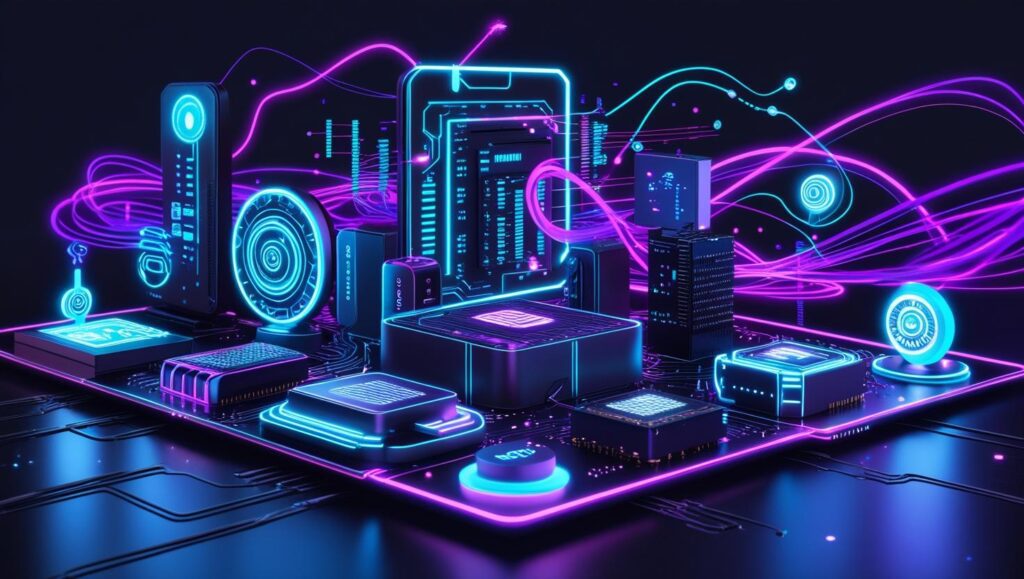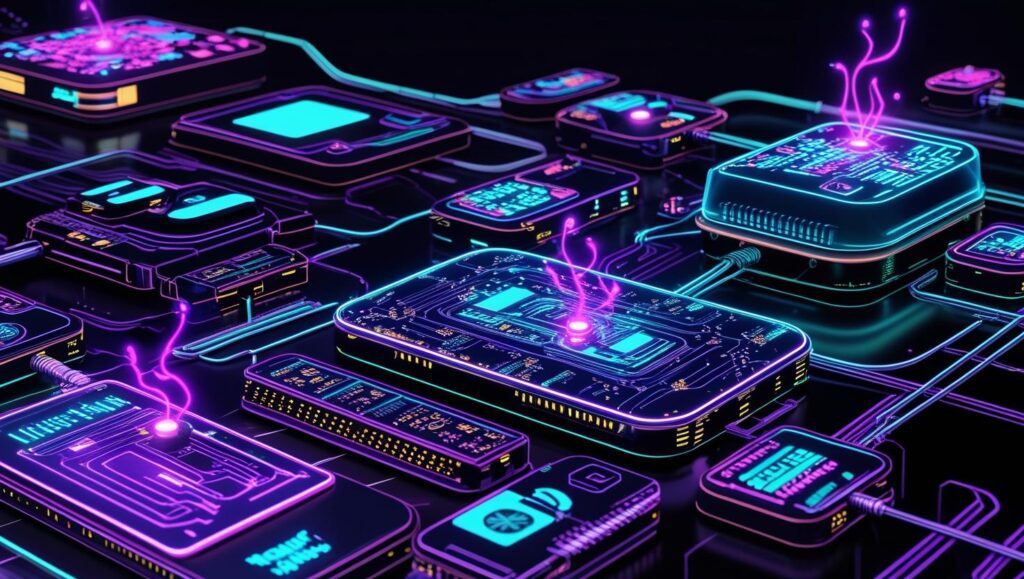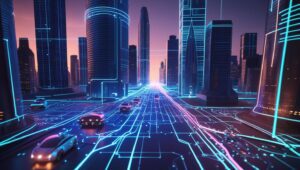Machine Learning Systems That Empower Better Results

Imagine a world where machines learn like humans, making decisions that save time and boost results. That’s the power of Machine Learning! This technology helps computers analyze data, spot patterns, and act smarter without constant human input. In fields like healthcare, smart cities, and business, Machine Learning systems are changing how we solve problems. This article explores how Machine Learning works with IoT (Internet of Things) to deliver better outcomes, why it matters, and how you can benefit from it.
Why Machine Learning Matters for IoT
Machine Learning is like the brain behind IoT devices. IoT connects things like sensors, cameras, and appliances to the internet, collecting tons of data. But data alone isn’t enough. Machine Learning steps in to make sense of it all, turning raw numbers into useful insights.
For example, in a smart home, IoT sensors track energy use. Machine Learning analyzes this data to suggest ways to save electricity, like turning off lights when no one’s home. This combo makes life easier and more efficient.
Real-World Benefits of Machine Learning in IoT
Machine Learning doesn’t just crunch numbers; it solves real problems. Here’s how it helps:
- Saves Time: Machine Learning automates tasks, like predicting when a machine needs maintenance, so you don’t have to check it manually.
- Improves Accuracy: It spots patterns humans might miss, like detecting health issues from wearable devices.
- Boosts Efficiency: In smart cities, it optimizes traffic flow by analyzing data from IoT cameras.
- Cuts Costs: Businesses use it to predict demand, reducing waste and saving money.
These benefits show why Machine Learning is a game-changer for IoT systems.
How Machine Learning Powers Smart Systems
Machine Learning systems learn from data to make predictions or decisions. They use algorithms—think of them as recipes—that improve over time. In IoT, these algorithms process data from connected devices to deliver smarter results.
Key Machine Learning Techniques for IoT
Here are three common Machine Learning techniques used in IoT:
- Supervised Learning: The system learns from examples with clear answers. For instance, it can predict energy use based on past data.
- Unsupervised Learning: It finds hidden patterns without guidance. This is great for spotting unusual activity in IoT security systems.
- Reinforcement Learning: The system learns by trial and error, like optimizing a smart thermostat to save energy.
Each technique fits different IoT needs, from healthcare to manufacturing.

A Quick Look at Machine Learning in Action
The table below shows how Machine Learning powers IoT in different fields:
| Field | IoT Device | Machine Learning Role |
|---|---|---|
| Healthcare | Wearable Monitor | Predicts heart issues from vital signs |
| Smart Cities | Traffic Sensors | Optimizes traffic signals for faster flow |
| Manufacturing | Machine Sensors | Predicts equipment failures to avoid downtime |
| Agriculture | Soil Sensors | Recommends irrigation based on soil data |
This table shows how Machine Learning makes IoT systems smarter and more useful.
Challenges of Using Machine Learning in IoT
While Machine Learning is powerful, it’s not perfect. IoT devices often have limited battery life and processing power. Running complex Machine Learning algorithms on these devices can be tough. Plus, collecting and analyzing huge amounts of data raises privacy concerns. How do we keep sensitive information safe?
Another challenge is making sure different IoT devices work together. Machine Learning systems need standard rules to process data from various sources. Solving these issues is key to unlocking the full potential of Machine Learning in IoT.
What’s Next for Machine Learning and IoT?
The future of Machine Learning in IoT is exciting! New technologies like 6G networks will make IoT devices faster and more connected. Edge AI, where Machine Learning runs directly on devices, will cut delays and save bandwidth. Imagine a smart factory where machines predict failures instantly, or a hospital where wearables alert doctors to emergencies in real time.
But there’s more to explore. How will Machine Learning tackle bigger datasets? Can it make IoT systems fully secure? To dive deeper into these questions and discover cutting-edge solutions, check out our full research paper for a complete guide to Machine Learning’s role in IoT.
[Read the Full Research Paper]




